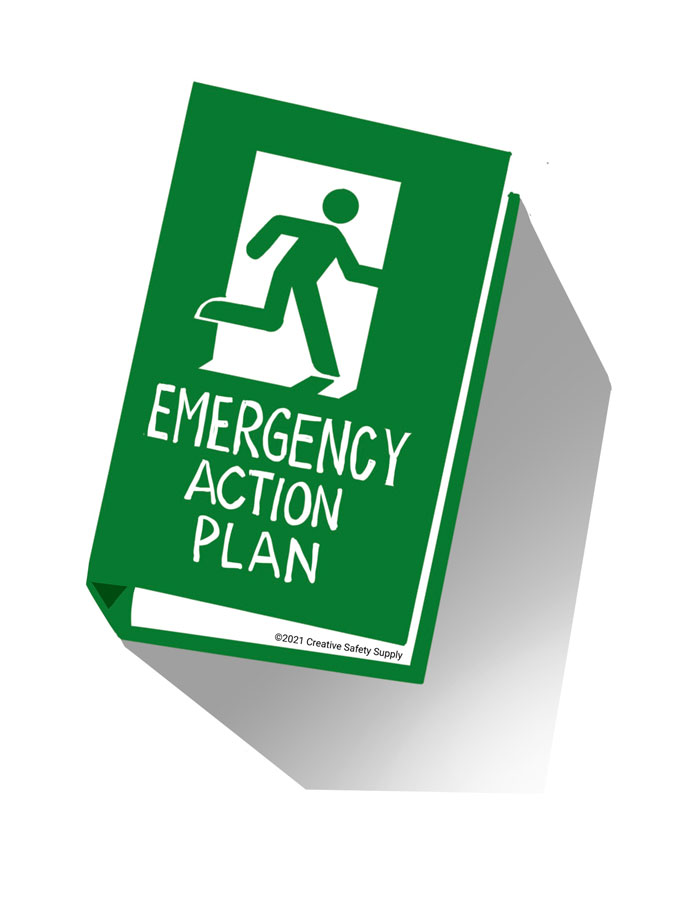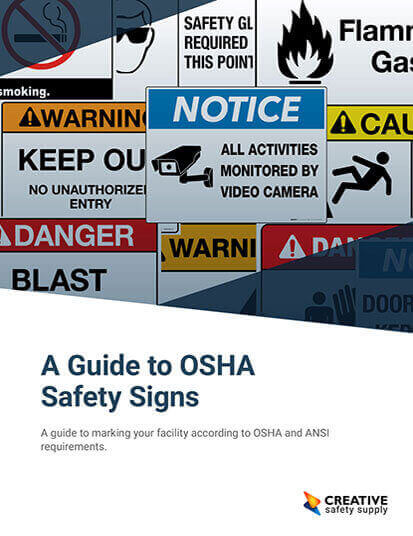
EAP stands for Emergency Action Plan. It is a structured set of procedures designed to guide individuals and organizations through the immediate response to emergencies, ensuring the safety of personnel and minimizing potential damage to property or the environment.
The Historical Background of Emergency Action Plans
The concept of Emergency Action Plans has its roots in various industries' efforts to enhance safety protocols. Initially developed in the mid-20th century, EAPs gained prominence with the increasing awareness of workplace safety and the need for standardized responses to emergencies. Over the years, they have evolved to encompass a wide range of scenarios, from natural disasters to man-made crises.
Core Elements of an Effective Emergency Action Plan

Risk Assessment and Hazard Identification
The foundation of any robust EAP lies in a thorough risk assessment and hazard identification process. This involves identifying potential emergencies that may occur in a specific environment, evaluating their likelihood, and assessing their potential impact.
Clear Communication Channels
An EAP must establish clear communication channels to ensure that information flows swiftly and accurately during an emergency. This includes designated individuals or teams responsible for disseminating information, as well as defined methods of communication, such as alarms, radios, or digital platforms.
Well-Defined Roles and Responsibilities
Every individual involved in executing the EAP should have a clearly defined role and set of responsibilities. This ensures that each person knows what is expected of them and can act promptly and decisively in an emergency situation.
Evacuation Procedures and Sheltering Protocols
In many cases, emergencies necessitate the evacuation of personnel to a designated safe area. An effective EAP provides detailed evacuation procedures, including designated exit routes, assembly points, and instructions for assisting individuals with disabilities.
Training and Drills
Regular training and drills are essential for ensuring that individuals are familiar with the EAP and can execute it effectively in high-stress situations. These exercises help build confidence, identify areas for improvement, and ensure that everyone understands their role in an emergency.
Significance Within Their Respective Domain
Workplace Safety and Compliance
In the workplace, EAPs are not only a critical component of employee safety but also a legal requirement in many industries. Compliance with regulatory agencies such as OSHA or ANSI is essential for avoiding penalties and liabilities in the event of an emergency.
Community and Public Safety
Beyond the workplace, EAPs are crucial for ensuring the safety of communities, schools, and public spaces. They provide a structured framework for responding to emergencies, enabling a coordinated effort among first responders, emergency services, and the public.
Environmental Protection and Hazard Mitigation
EAPs are instrumental in safeguarding the environment from potential hazards, such as chemical spills, natural disasters, or industrial accidents. By outlining specific response protocols, EAPs help minimize the impact of emergencies on the environment and surrounding ecosystems.
Creating an Organized and Efficient Environment
Implementing an effective EAP results in a more organized and efficient environment by:
- Minimizing Chaos: In the event of an emergency, having a well-defined plan in place reduces confusion and ensures that everyone knows what to do.
- Swift Response: EAPs streamline the decision-making process, allowing for a rapid and coordinated response to emergencies.
- Reducing Losses: By having a structured plan in place, potential damages and losses are minimized, ultimately saving time, resources, and potentially lives.
Connections with Related Concepts
Business Continuity Planning (BCP)
EAPs are closely related to Business Continuity Planning, which focuses on maintaining essential business functions in the face of disruption. While EAPs primarily address immediate responses to emergencies, BCP extends the planning process to cover long-term recovery and continuity of operations.
Crisis Management
Crisis management encompasses a broader set of strategies and actions for handling crises, including preparedness, response, recovery, and mitigation. EAPs serve as a crucial component of crisis management, specifically focusing on the initial response phase.
Practical Applications and Tangible Benefits
Enhanced Safety Culture
By demonstrating a commitment to safety through the development and implementation of an EAP, organizations foster a culture of safety among employees. This leads to increased awareness, compliance with safety protocols, and a greater sense of security.
Regulatory Compliance
For businesses and organizations, having a robust EAP is often a legal requirement. Compliance with regulatory standards not only ensures legal protection but also demonstrates a commitment to the well-being of employees and stakeholders.
Improved Emergency Response
With a well-prepared EAP in place, response times to emergencies are significantly reduced. This allows for a more efficient allocation of resources and a higher likelihood of minimizing potential damages or injuries.
Minimized Downtime and Disruption
A well-executed EAP can drastically reduce downtime and disruption to operations. By having a structured plan in place, organizations can recover more swiftly from emergencies and resume normal activities sooner.
Emergency Action Plans (EAPs) are a cornerstone of safety and preparedness in various domains. By understanding the core elements, historical background, and practical applications of EAPs, individuals and organizations can create a safer and more efficient environment for everyone involved. Whether in the workplace, community, or natural environment, the implementation of a well-crafted EAP can make a significant difference in the face of emergencies. Remember, preparedness is key, and an effective, well-written, EAP is a critical tool in ensuring the safety and well-being of all stakeholders.
Similar Questions
- What should emergency action plan (EAP) include?
- What is an EAP?
- What emergency response procedures does OSHA require?
- Do employees need to be trained about emergency egress?
- What are OSHA requirements for emergency evacuation?
- What is an emergency evacuation plan?
- What should an evacuation plan include?
- What is it important to have an evacuation plan in place?
- When does OSHA require an emergency response?


